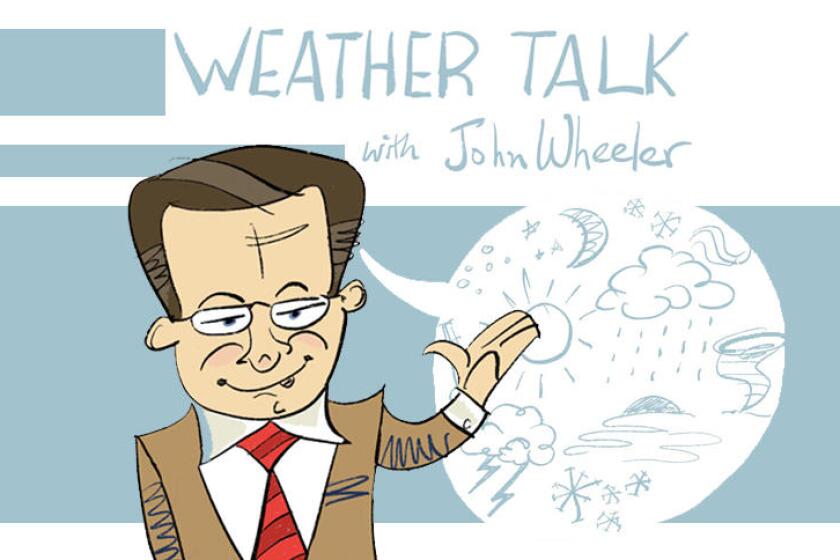FARGO — The devastating fires in the Los Angeles area this month are the result of a complicated climate. California is typically desert-dry, except for the four months of December through March, which bring rain that is highly variable year-to-year, with less than 6 inches of rain in drier years and in the range of 18 to 25 inches in wet years. To date, this has been the driest "rainy" season on record with 0.16 inch measured.
The other elements of California coastal fires are the periods of hot, dry winds called the Santa Ana winds, named after a canyon south of Los Angeles. These winds are common during fall and winter when high pressure builds into the inter-mountain region of the Southwest. The air blows down slope, becoming hot and dry with elevation loss. Of course, the densely populated coastal valleys in Southern Californian make these conditions more dangerous — and also more expensive.








